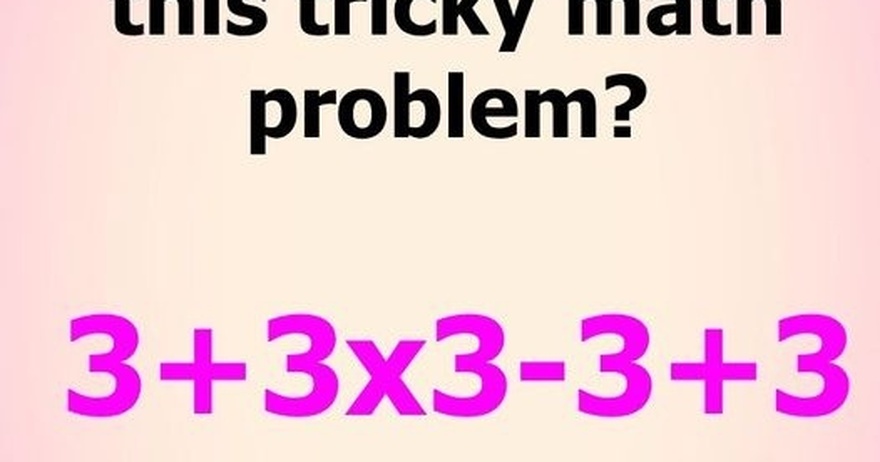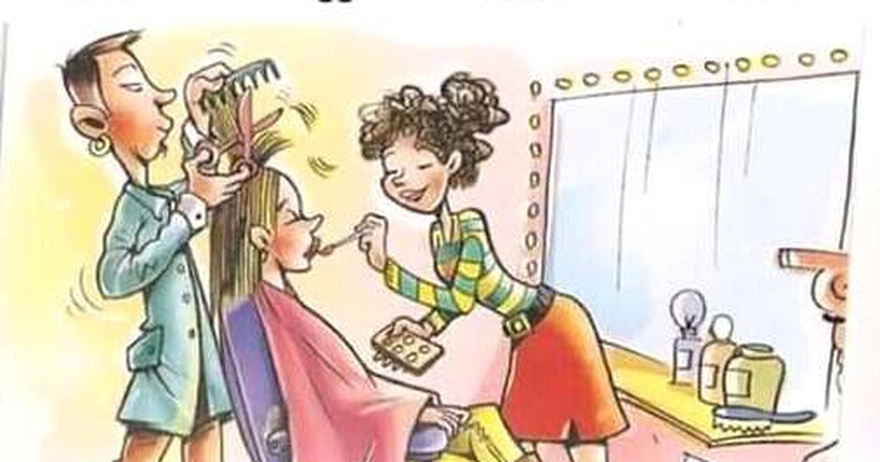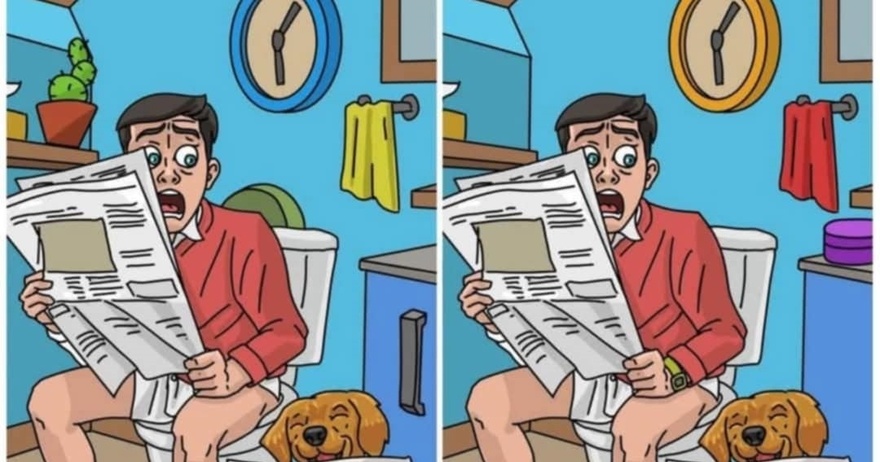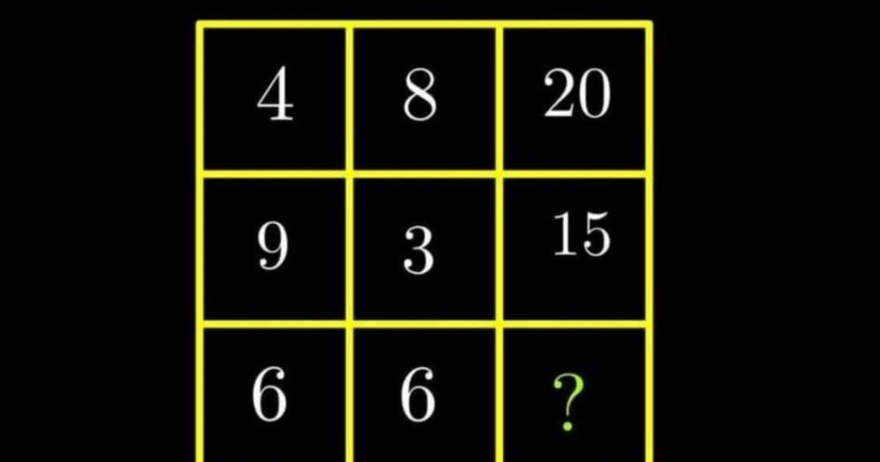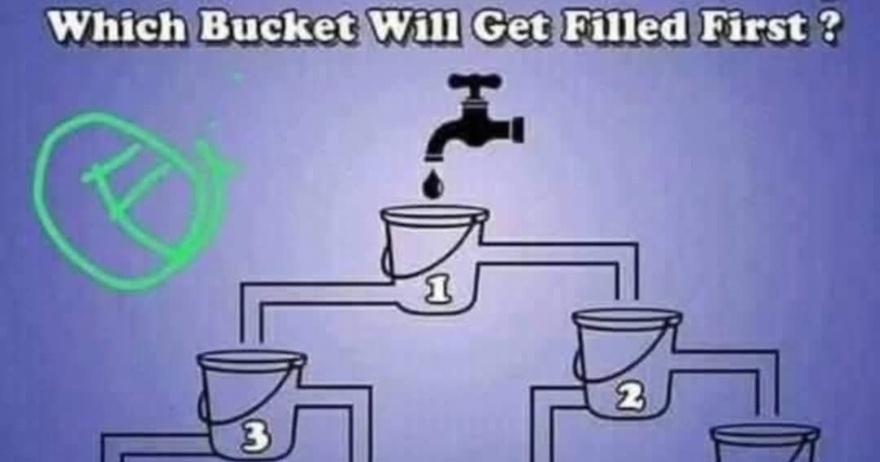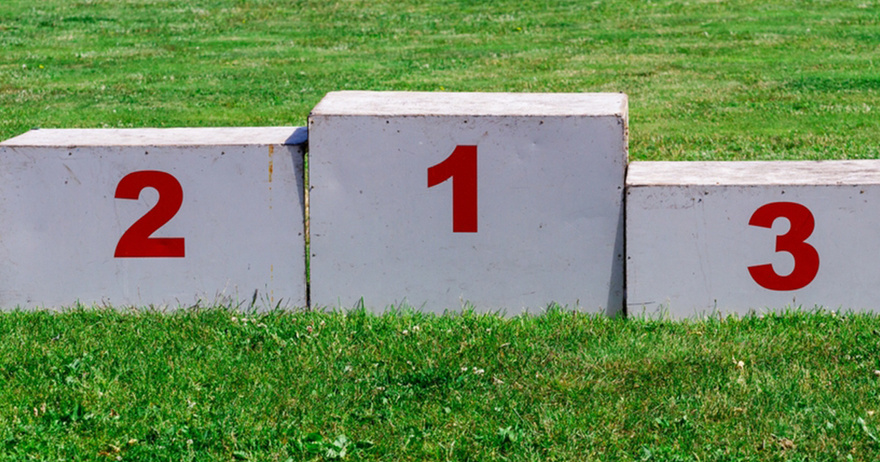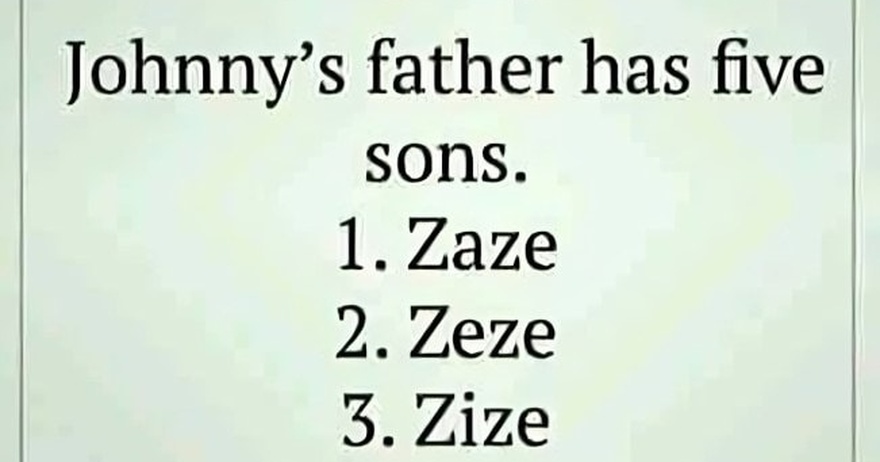Are you ready to test your math skills? Today’s challenge is a math problem designed for middle schoolers, and the real test is that you can’t use a calculator! We all know classic brain teasers like crossword puzzles or Sudoku, but lately, I’ve found myself drawn to a different kind of challenge—ones like the problem you’ll see below. These types of puzzles have been taking over the internet recently, and it’s easy to see why: they’re a ton of fun!
These math problems might bring back memories from your middle or high school days, where solving them is more about recalling what you learned as a kid. That’s what makes these challenges so interesting—you get to put your brain to work trying to remember how to solve them without any fancy gadgets.
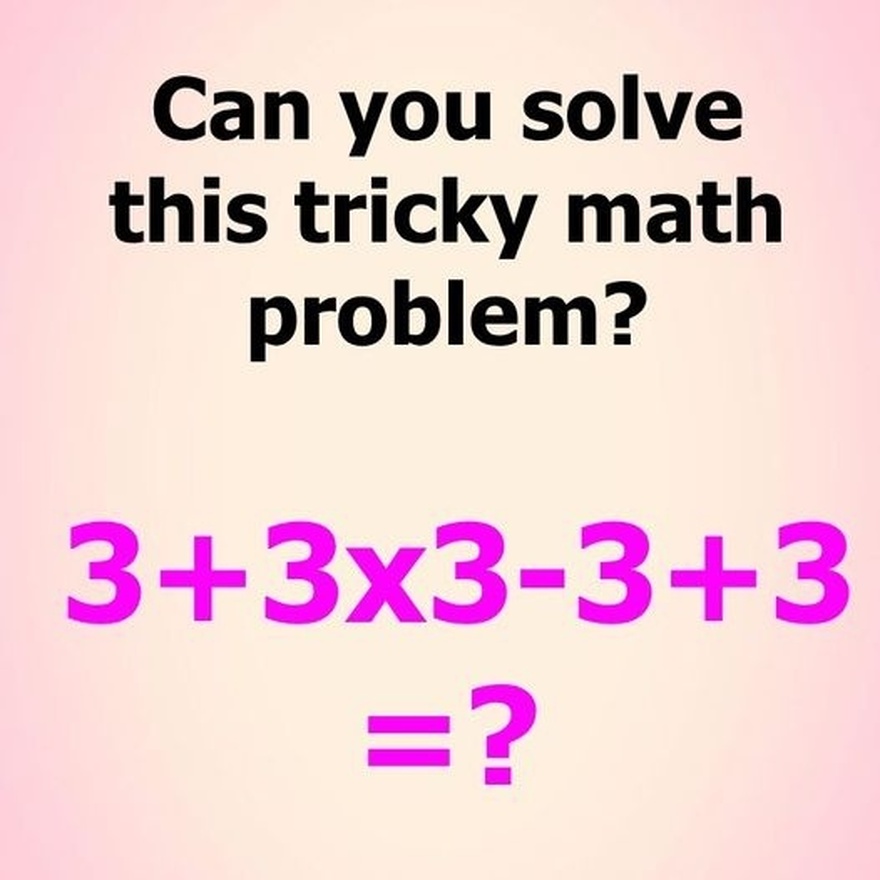
Let’s dive in.
At the top of the picture, you’ll see the problem along with four possible answers. Your goal is to solve it without relying on your calculator or even Google. Just you, your brain, and maybe a piece of scratch paper.
So, which answer do you think is the right one?
How did you come up with it?
Take your time, think it through, and let your mind wander back to those math lessons from school.
Got it? Great! Now, let’s see if your answer was correct.
The problem itself might look simple, but it can be tricky if you don’t follow the proper steps. The four potential answers will make you think, but only one of them is right. Let’s solve it step by step.
The Correct Answer: It’s B: 12.
Now, let’s break down why 12 is the correct answer.
If you think back to your school days, you might remember the order of operations. This rule tells us the correct sequence in which to solve different parts of a mathematical expression. Specifically, the order is: Parentheses, Exponents, Multiplication and Division (from left to right), and Addition and Subtraction (from left to right). This rule is often remembered with the acronym PEMDAS.
In our problem, we have:
3 + 3 x 3 – 3 + 3
According to the order of operations, we need to do multiplication before any addition or subtraction. So, let’s start by multiplying:
3 x 3 = 9
Now, the expression becomes:
3 + 9 – 3 + 3
From here, we simply solve it step by step, moving from left to right:
3 + 9 = 12
12 – 3 = 9
9 + 3 = 12
So, the answer is 12.
Did you get it right? If so, congratulations! If not, don’t worry—math problems like these are meant to be tricky. It’s all about practicing and refreshing those old skills.
These types of puzzles are a great way to keep your mind sharp and revisit some of those foundational lessons we all learned back in school. Plus, there’s something incredibly satisfying about solving a math problem without the help of technology. So, next time you come across a math challenge like this one, take a moment to give it a shot—you might surprise yourself!
